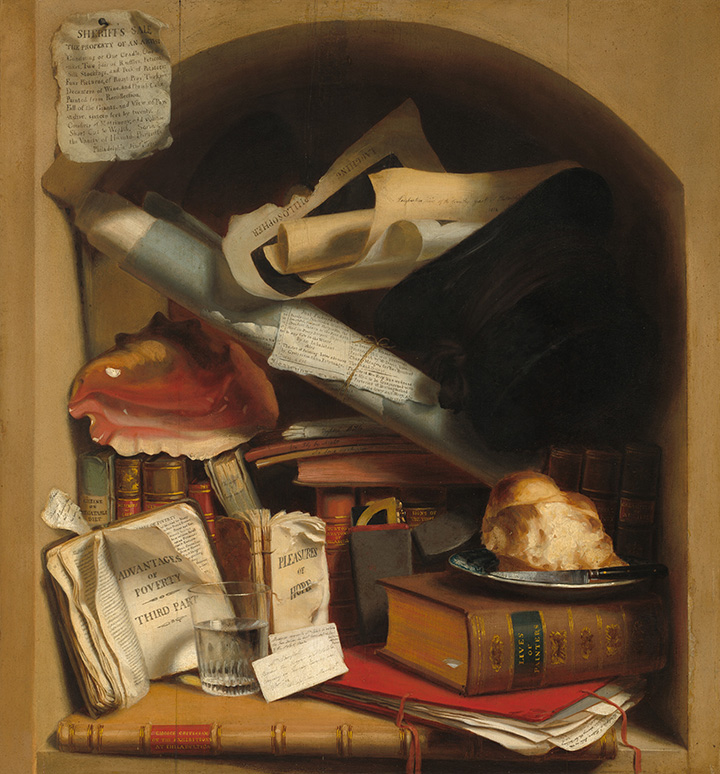Exploration as Short Essays Showcasing Faith in Tolkien’s Legendarium
Grace in Middle-earth
An exploration of how divine assistance and unmerited favor manifest in the actions and fates of characters in The Lord of the Rings and The Silmarillion.
_________
In the world of Middle-earth, providence often walks quietly, cloaked in the ordinary, its footsteps hidden beneath the noise of war, sorrow, and choice. Yet, as readers attuned to the workings of grace, we begin to notice patterns: unlikely heroes, impossible victories, and a current of hope that persists against all odds. These moments are not merely good fortune—they are echoes of divine assistance and what we in the Catholic tradition understand as gratia gratis data—grace given freely and without merit.
Tolkien’s faith, though rarely explicit in his fiction, radiates through the architecture of his storytelling. In The Lord of the Rings, Frodo Baggins is not the strongest, wisest, or even most willing hero. And yet, he is chosen. His journey is marked by suffering and failure, but grace moves in the gaps. Sam’s loyalty, Gollum’s final act, the timely arrival of the eagles—all these are “eucatastrophes,” as Tolkien would say: sudden turns of grace that are neither earned nor foreseen, but which redeem a seemingly hopeless story.
The Silmarillion, too, brims with this mysterious divine thread. Even amid the tragedy and pride of the Elves, Ilúvatar’s will quietly persists. The music of the Ainur is disrupted by Melkor, and yet the discord is woven into a deeper harmony. Again and again, Tolkien shows us that evil may wound, but it cannot undo the ultimate pattern laid by the Creator. Even the rebellion of Fëanor and the ruin that follows are held within the arc of a greater purpose, one that allows for repentance and redemption.
Tolkien’s world, like our own, is fallen—but not forsaken. Grace flows through the cracks. The smallest creature may carry the fate of the world. The proud may fall, and yet still be offered mercy. In this, we see not just storytelling, but theology. We are reminded that divine assistance does not always spare us from sorrow—but it walks with us through it. And unmerited favor often comes not as reward, but as invitation.
Thus, Tolkien gives us not only a myth but a mirror. A mirror in which we see our own pilgrim path, shadowed and shining, where grace comes quietly—unlooked-for and undeserved—but always arriving just in time.
Echoes of Calvary
Examining the profound theme of self-sacrifice as a redemptive force, drawing parallels with Christian understanding of atonement.
_________
In Tolkien’s The Lord of the Rings, the most powerful acts are not those of domination, but of surrender. Again and again, we find that it is not strength of arms, but the laying down of one’s life—willingly, without demand for reward—that transforms the fate of Middle-earth. Beneath the battles and burdens, Tolkien offers a deeply Catholic vision: that self-sacrifice is not only noble, but redemptive.
Frodo’s willingness to carry the Ring, knowing it will mar him, is a quiet echo of Christ carrying His Cross. Aragorn, though born to kingship, lives long in obscurity, serving others under many names, only to claim his throne in humility and for the good of all. Sam’s steadfastness, carrying Frodo when he can no longer walk, speaks of a love that does not count the cost. These are not mere acts of loyalty—they are reflections of the Christian mystery of atonement: one bearing the burden for many.
Even Boromir, who falls into temptation, is not lost. In one of the most poignant turns of the tale, his final act is not conquest but confession—defending Merry and Pippin with his life, buying their escape with his own. In this, Tolkien reminds us that no one is beyond redemption. The sword that would have seized power becomes the shield of the weak. This, too, is atonement.
And within these acts shines the quiet glimmer of chivalry—not as pomp or pride, but as the ancient knightly code rooted in self-giving. True chivalry, as Tolkien understood, is not found in titles or courts, but in sacrifice for the sake of others. It is the courage to stand when all seems lost, to choose the harder path, and to love unto the end.
This redemptive pattern—of giving one’s life for friends, of lowering oneself to lift others—is no fiction. It is the Gospel woven into myth, the Cross hidden in the cloak of the Ranger, the Eucharist foreshadowed in lembas shared. And so Tolkien’s legendarium does not merely entertain—it catechizes, quietly forming the heart to recognize that salvation does not come through victory, but through the offering of the self.
Virtue in the Shire
How Tolkien’s characters embody (or fail to embody) classical and Christian virtues, and what this teaches us about moral life.
_________
In the great tapestry of Tolkien’s legendarium, the characters are not allegories, but mirrors—subtle reflections of the soul’s struggle toward virtue or its descent into vice. Their choices are not isolated plot points but moral signposts. Through them, Tolkien invites us to contemplate the shape of the good life—not merely in theory, but in deed.
The classical virtues—prudence, justice, fortitude, and temperance—find vivid embodiment in figures like Faramir, who resists the lure of the Ring not out of weakness, but wisdom; or Éowyn, who learns that true strength is not only found in battle, but also in the healing of hearts. These same figures reflect Christian virtue as well—humility, charity, and hope—in ways that feel both ancient and immediate.
Samwise Gamgee, in particular, stands as a beacon of moral clarity. His steadfast love, his refusal to abandon Frodo, and his humble courage echo the highest virtues of both knight and saint. Sam does not seek greatness, yet he is great; not by strength, but by virtue. Through him, we glimpse what Tolkien called “the humble sanctity of the ordinary.”
Yet not all characters reach such heights. Boromir’s fall is born of pride and fear—classical vices that blind the heart. Saruman, once wise, becomes consumed by his desire for order and control, abandoning wisdom for manipulation. Gollum, so pitiably lost, shows us the long erosion of the soul that clings to sin. But none of these are without hope. Each failure carries a lesson: virtue can be lost, yes—but also regained. Repentance is always within reach, and grace always seeking entry.
In this, Tolkien’s moral universe is not static or self-righteous. It is one of pilgrimage. His characters walk paths filled with failure and growth, temptation and renewal. They teach us that virtue is not perfection—it is perseverance. Not pride in purity, but the humility to begin again.
So we, like them, are invited into the slow, luminous work of sanctity. To cultivate virtue not through grand gestures, but in daily choices. To seek what is good, even in shadow. And to remember that while we may fall, the hand of mercy is never far from those who rise again.
Closing Reflection
Tolkien’s legendarium is more than myth—it is a moral landscape where grace moves unseen, sacrifice redeems, and virtue shapes the fate of both great kings and small gardeners. Through his characters, we glimpse the quiet operations of divine providence, the redemptive power of self-giving love, and the noble struggle to embody goodness in a fallen world. In their victories and failures, we are invited to examine our own hearts, to walk with courage, and to hope—always—to be surprised by mercy. These stories do not preach, but they pray. And through them, we may come to live more faithfully our own unfolding tale.

“Calvary is not only part of chivalry—it is its origin, its summit, and its sanctification.” The lance that pierced His side is the knight’s true sword.
The crown of thorns, His only laurel.
And the hill of the Cross—His battlefield and His Victory.
𐡸

